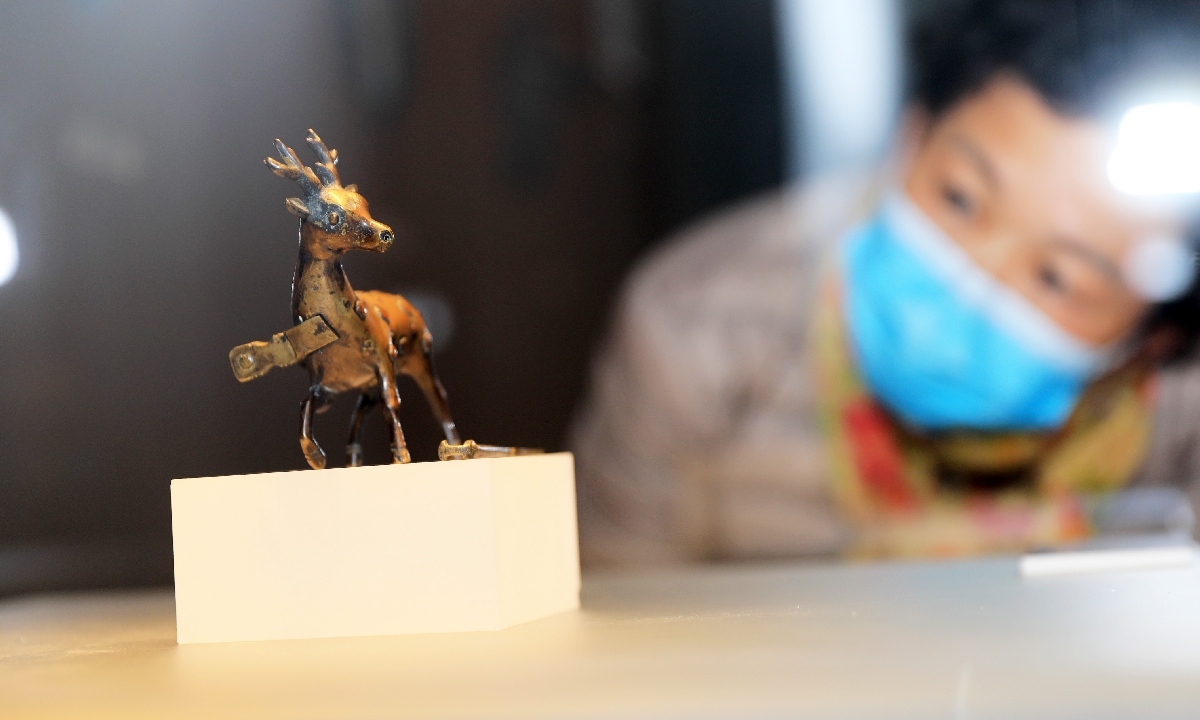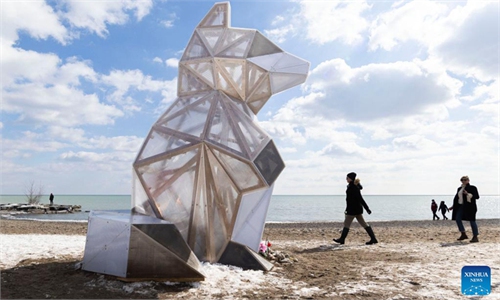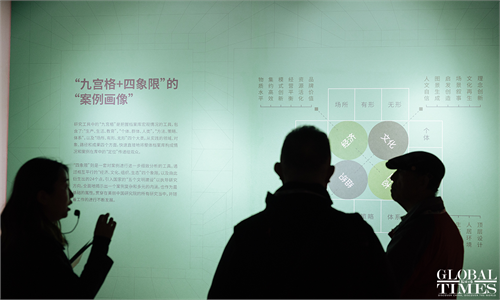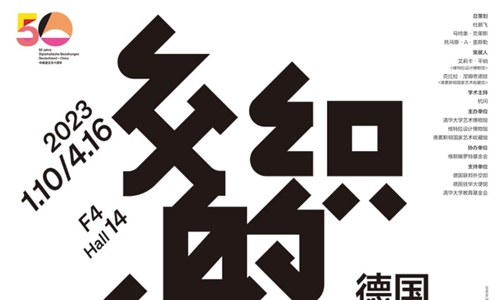ARTS / CULTURE & LEISURE
‘Lock’ exhibit reveals ancient wisdom and craftsmanship

Photo: VCG
A folk culture exhibition about historical development of locks in China kicked off on Wednesday at the Zhoushan Museum in East China's Zhejiang Province.Ye Ling, the director of the museum's Display Design Department, told the Global Times on Thursday that a total of 144 antique Chinese locks from the Tang Dynasty (618-907) to the Republic of China (1912-1949) are on display. The exhibition covers the development of locks, their types, functions, intricate mechanisms as well as their symbolic meaning.
Although Ye noted that the most common locks in ancient times were made of wood and brass, as Chinese craftsmanship developed over the centuries, other materials such as gold, iron and jade were all used in lock design.
"Such intricate lock designs reveal the aesthetics of ancient Chinese handicrafts," Fang Deping, a Chinese folk culture expert, told the Global Times on Thursday.
A Ming Dynasty (1368-1644) warehouse lock is the highlight of the exhibition. It is decorated with two dragons and intricately made of a bronze piece with three different shades of color. Fang noted that the color-blending technique also reflects the Ming periods' flourishing metal industry.
Ye said those items also carry social connotations as their different patterns can denote owners' social statues.
At the show, a Qing Dynasty (1644-1911) lock with a keyhole shaped like the Chinese character shi (Lit: scholar) refers to the owner's status as an "intellectual." Another lock with a keyhole shaped like the even more complicate Chinese character ji (Lit: propitious) reveals the high-class social status of its owner.
Locks in Chinese culture have long been considered an auspicious object that brings luck and wards off evil, Chu Xin, a cultural sociologist, told the Global Times.
Other locks on display at the exhibition include a Qing Dynasty lock engraved with the Chinese characters fu and lu (Lit: happiness and prosperity) and another bronze lock engraved with the phrase wu zi san yuan, which refers to elderly people's wishes for all the best for their children.
The evolution of locks and folk culture derived from Chinese locks have always been in harmony in China's long history, Ye told the Global Times.
She also noted that the lock exhibition has been a good "social activity" for the public to better understand China's "spirit of creation."
"The show has intrigued a large number of local visitors even though this is only the second day after it was launched," she noted.



